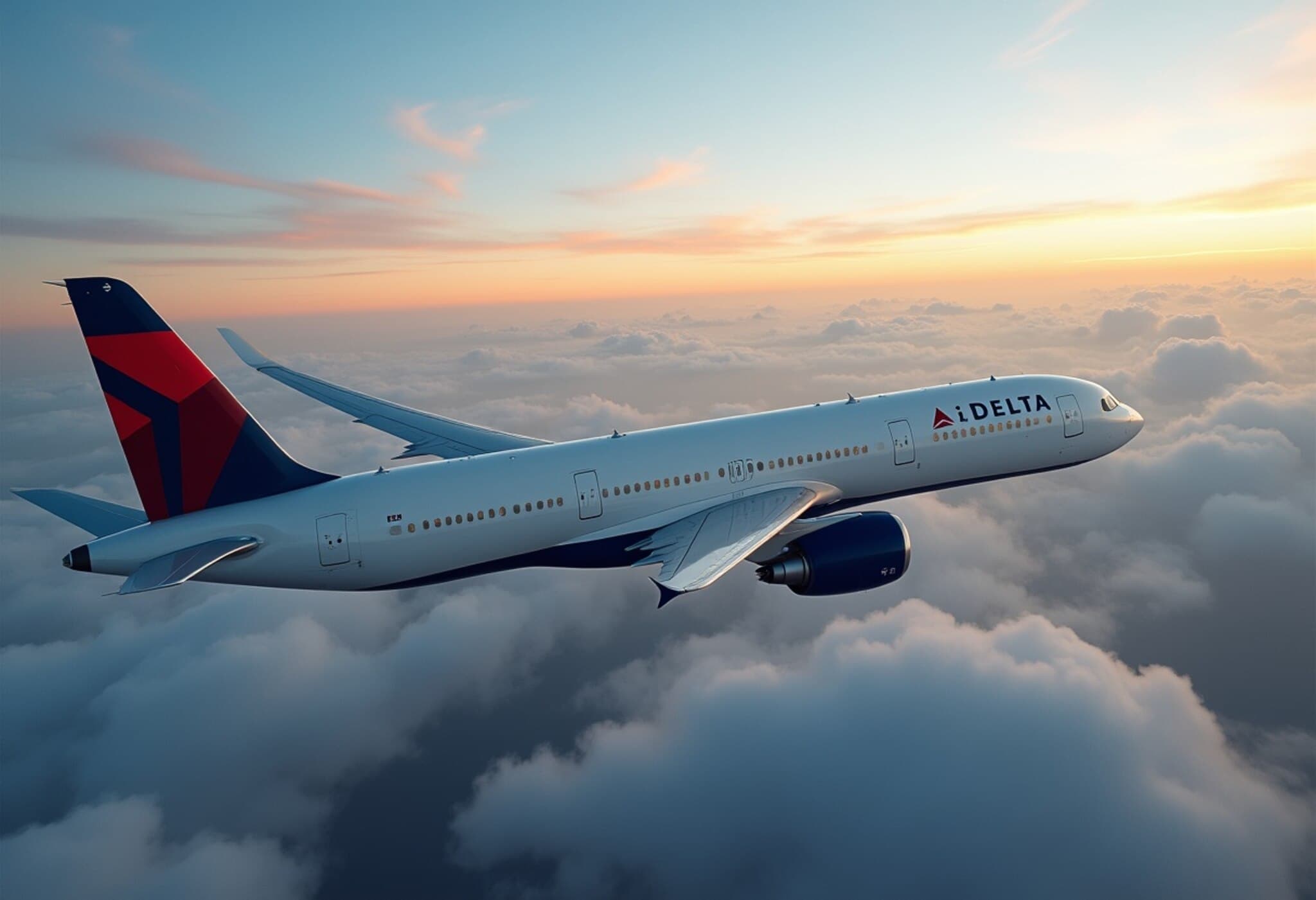America’s Best States for Quality of Life in 2025
In an era marked by a heated competition for skilled talent and an increasingly mobile workforce, quality of life has become a critical factor in where companies choose to settle and where individuals decide to build their lives. As the adage goes, people don’t just work for a paycheck—they seek a place to thrive.
This dynamic has pushed state economic development agencies to promote more than just tax rates or business incentives; they’re increasingly highlighting livability: clean air, low crime, robust healthcare, inclusivity, and affordable child care. CNBC’s 2025 annual Top States for Business report reflects this trend by dedicating 10.6% of its overall ranking to Quality of Life, evaluated by a broad set of data including crime rates, environmental factors, child care accessibility, worker rights, and reproductive freedoms.
Understanding the Stakes: Quality of Life as Economic Strategy
Why does quality of life matter economically? In today’s talent-starved market, companies recognize that the best workers won’t just accept any location. They want thriving communities that offer safety, healthcare, social fairness, and affordability. States that deliver these elements have a distinctive edge in attracting and retaining a qualified workforce.
The Top 10 States in Quality of Life for 2025
10. Virginia (Tie)
With its dense metropolitan corridors, Northern Virginia is a paradox of bustle and relative tranquility. Despite high population density, crime rates remain comparatively low, fitting a region known for high educational attainment and health consciousness. Residents enjoy generally good air quality except in some urban pockets, though child care remains both a challenge and an expensive prospect for many families, taking up an estimated 11% of a two-parent household’s income.
Score: 167/265 (Grade: B-)
Pros: Low crime, good health metrics, generally clean air.
Cons: Limited and costly child care.
10. Nebraska (Tie)
Nebraska epitomizes heartland virtues—low crime, clean air, and strong health indicators, including some of the nation’s lowest drug overdose rates. However, child care is scarce and expensive, consuming 15% of a median household income, a pressing concern for young families. Additionally, restrictive reproductive laws may influence some workers’ decisions about relocation.
Score: 167/265 (Grade: B-)
Pros: Low crime, air quality, health outcomes.
Cons: Child care accessibility and costs, limited reproductive rights.
10. Massachusetts (Tie)
The Bay State leads the nation in healthcare access and outcomes, boasting the top ranks in primary care and mental health providers. Worker protections are notably strong. Nevertheless, air pollution and high child care costs temper its quality of life appeal.
Score: 167/265 (Grade: B-)
Pros: Outstanding health care, worker rights.
Cons: Air quality and child care affordability.
7. North Dakota
Known as The Peace Garden State, North Dakota shines with affordable and accessible child care, spending on care below 10% of household income. Paired with low crime, clean air, and strong food security, it provides a relatively stress-free environment. Nonetheless, its worker protections lag behind, lacking in paid leave and coverage for many vulnerable employment sectors.
Score: 171/265 (Grade: B)
Pros: Affordable child care, low crime, good health metrics.
Cons: Insufficient worker protections.
6. Hawaii
Often romanticized as a tropical paradise, Hawaii delivers on environmental quality and community spirit but struggles with child care scarcity and extremely high costs, with care devouring 18% of a typical household income—the highest nationwide. Healthcare access ranks lower than expected, despite near-universal insurance coverage.
Score: 173/265 (Grade: B)
Pros: Low crime, excellent air quality, cultural inclusiveness.
Cons: Child care and health care service gaps.
5. Connecticut
Connecticut boasts one of the lowest crime rates and ranks fifth nationally in overall health. Inclusive laws and solid worker protections enhance its appeal. However, the state grapples with some of the worst air pollution levels nationally, presenting a paradox between a safe, healthy populace and an environmentally challenged setting.
Score: 179/265 (Grade: B)
Pros: Safety, health, inclusiveness.
Cons: Poor air quality.
4. Minnesota
“Minnesota nice” goes beyond friendliness to encompass robust anti-discrimination laws, strong worker rights, and reproductive protections like the 2023 PRO Act. The renowned Mayo Clinic symbolizes Minnesota’s top-tier healthcare system, ranked high in physician availability. The main weakness lies in child care — both in availability and cost, which averages 14% of a family’s income.
Score: 189/265 (Grade: B+)
Pros: Inclusiveness, worker rights, reproductive freedoms, healthcare.
Cons: Child care challenges.
3. New Jersey
Despite a reputation for urban hustle, New Jersey stands out with low violent crime rates and strong health outcomes, including the nation’s second-lowest premature death rate. Its shortcomings primarily concern air quality pollution ranks among the worst nationwide, a legacy of industrialization and dense population.
Score: 201/265 (Grade: A-)
Pros: Safety, health, inclusiveness.
Cons: Poor air quality.
2. Maine
With the lowest violent crime rate in America, Maine offers peaceful living bolstered by broad LGBTQ+ inclusiveness policies and community warmth. It has faced political pushback on transgender rights but maintains broad social acceptance. Rising drug deaths and health distress remain concerns.
Score: 207/265 (Grade: A)
Pros: Safety, inclusiveness, air quality.
Cons: Health challenges.
1. Vermont
For the fifth year running, Vermont reigns supreme in quality of life, achieving near-perfect scores across virtually every metric. Crime is minimal, air quality pristine, and health outcomes excellent despite a recent increase in drug-related deaths. Vermont leads the nation in inclusivity and reproductive rights, having enshrined these rights in its constitution. It’s also a leader in voter accessibility, offering early voting and universal mail-in ballots.
Score: 228/265 (Grade: A+)
Pros: All-around excellence including reproductive rights and inclusiveness.
Cons: None significant.
Looking Deeper: What These Rankings Reveal
- Child care remains a widespread challenge even in top-ranked states — signaling a critical area for policy innovation to support working families.
- Environmental quality and air pollution diverge dramatically between states, reflecting the tension between industrial growth and sustainability efforts.
- Worker protections and reproductive rights increasingly shape worker mobility, with younger generations prioritizing states that uphold these values.
- Healthcare access and mental health trends remain uneven, spotlighting ongoing public health priorities.
Editor’s Note
This 2025 quality of life ranking underscores that economic vitality can no longer be disentangled from social and environmental well-being. For state policymakers, addressing disparities in child care, healthcare infrastructure, and environmental health is not just a social mandate but an economic imperative to attract and retain talent.
For workers weighing job offers across the country, the data highlights the nuanced tradeoffs each state presents—from Vermont’s comprehensive protections and clean environment to Hawaii’s cultural richness counterbalanced by childcare challenges.
As Americans seek communities that nurture not only their livelihood but their lives, future state competitiveness will hinge increasingly on how well they uphold and enhance quality of life for all residents.



















